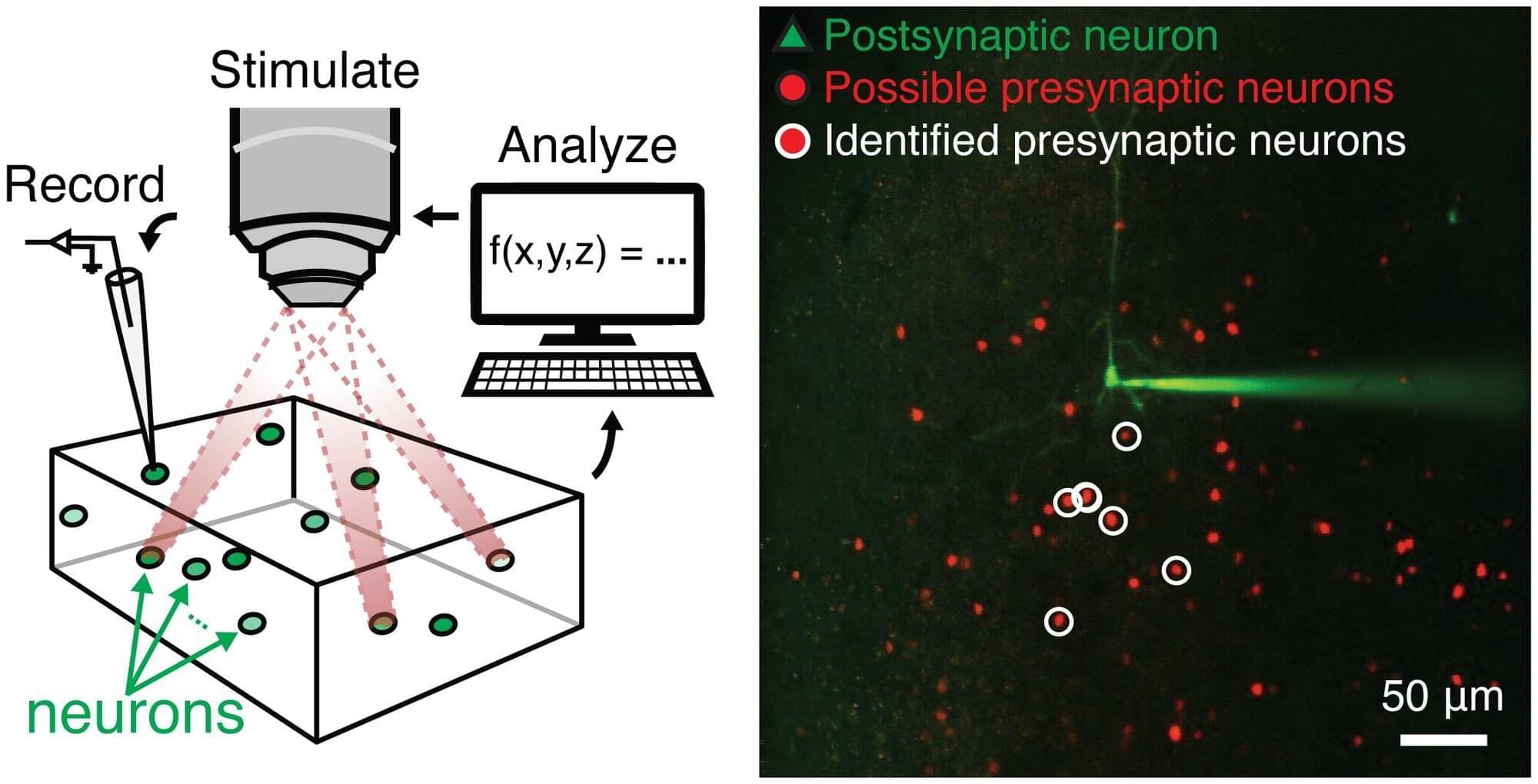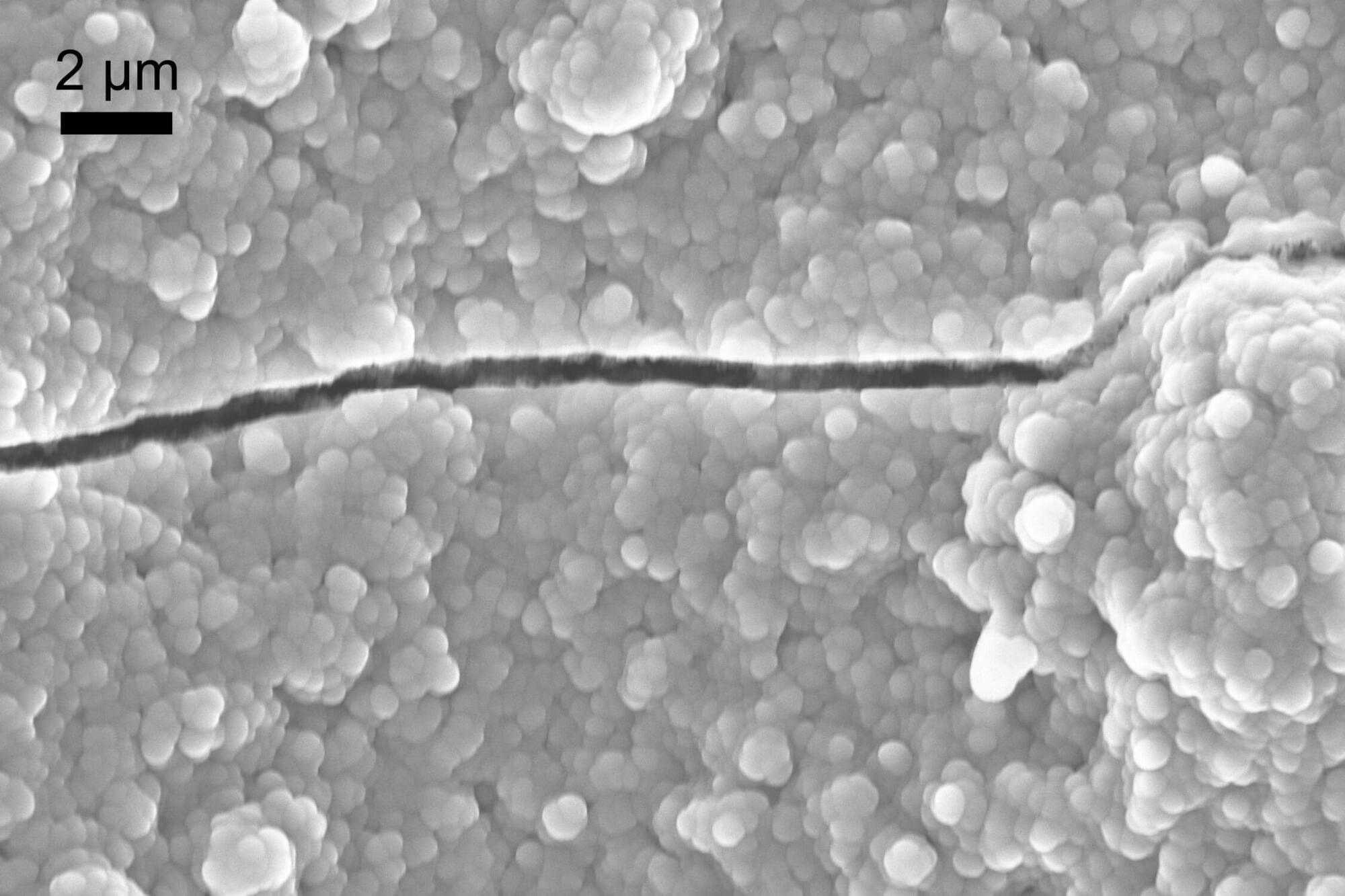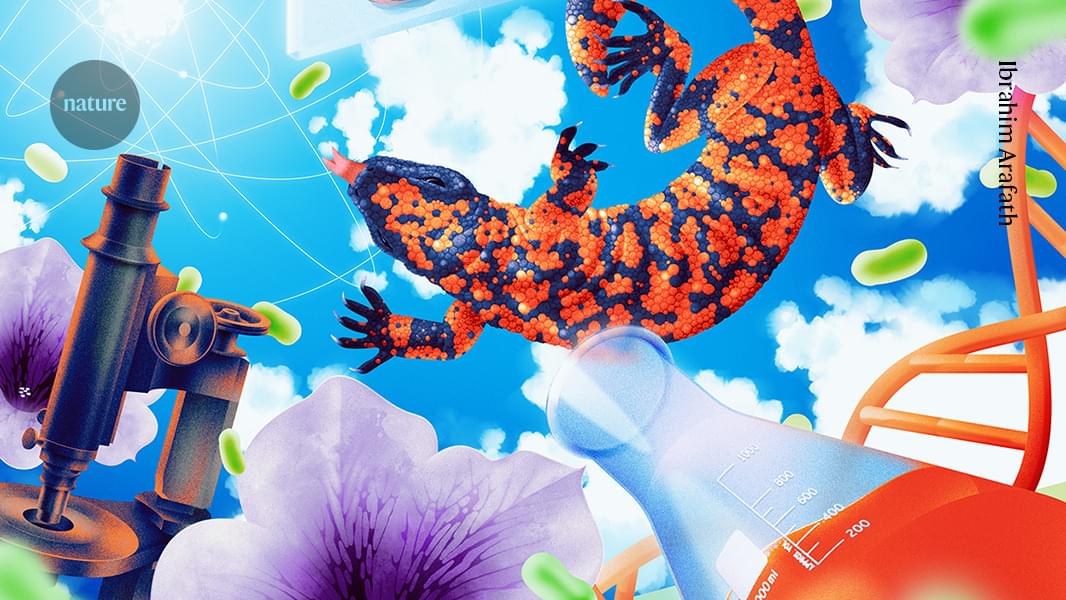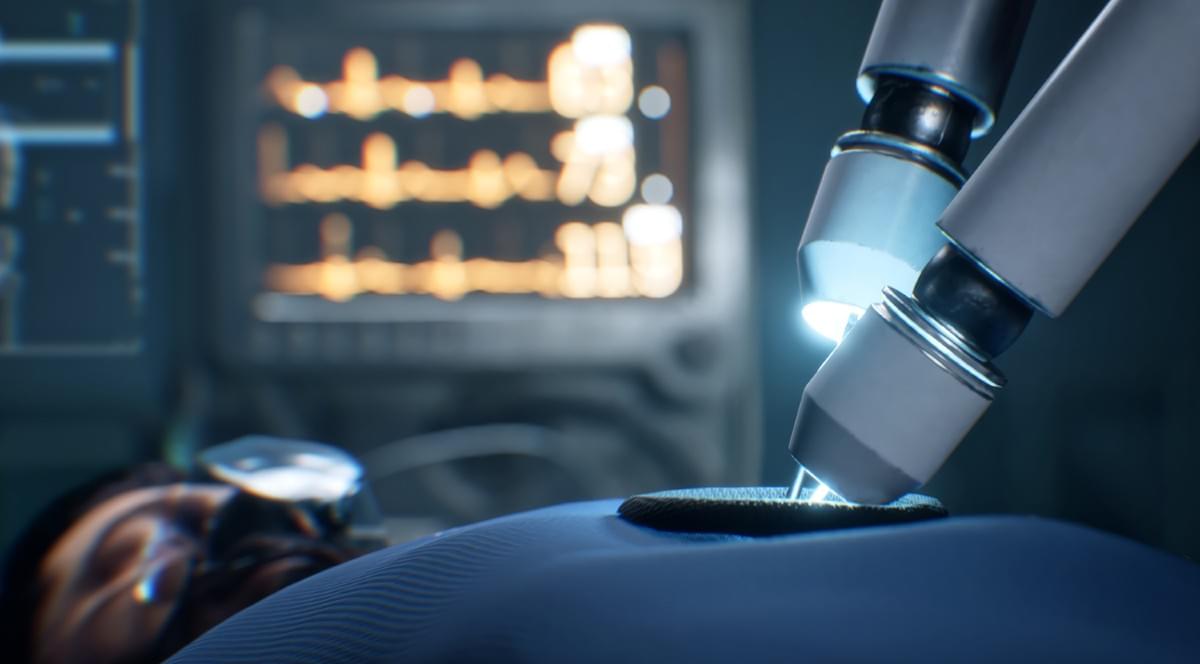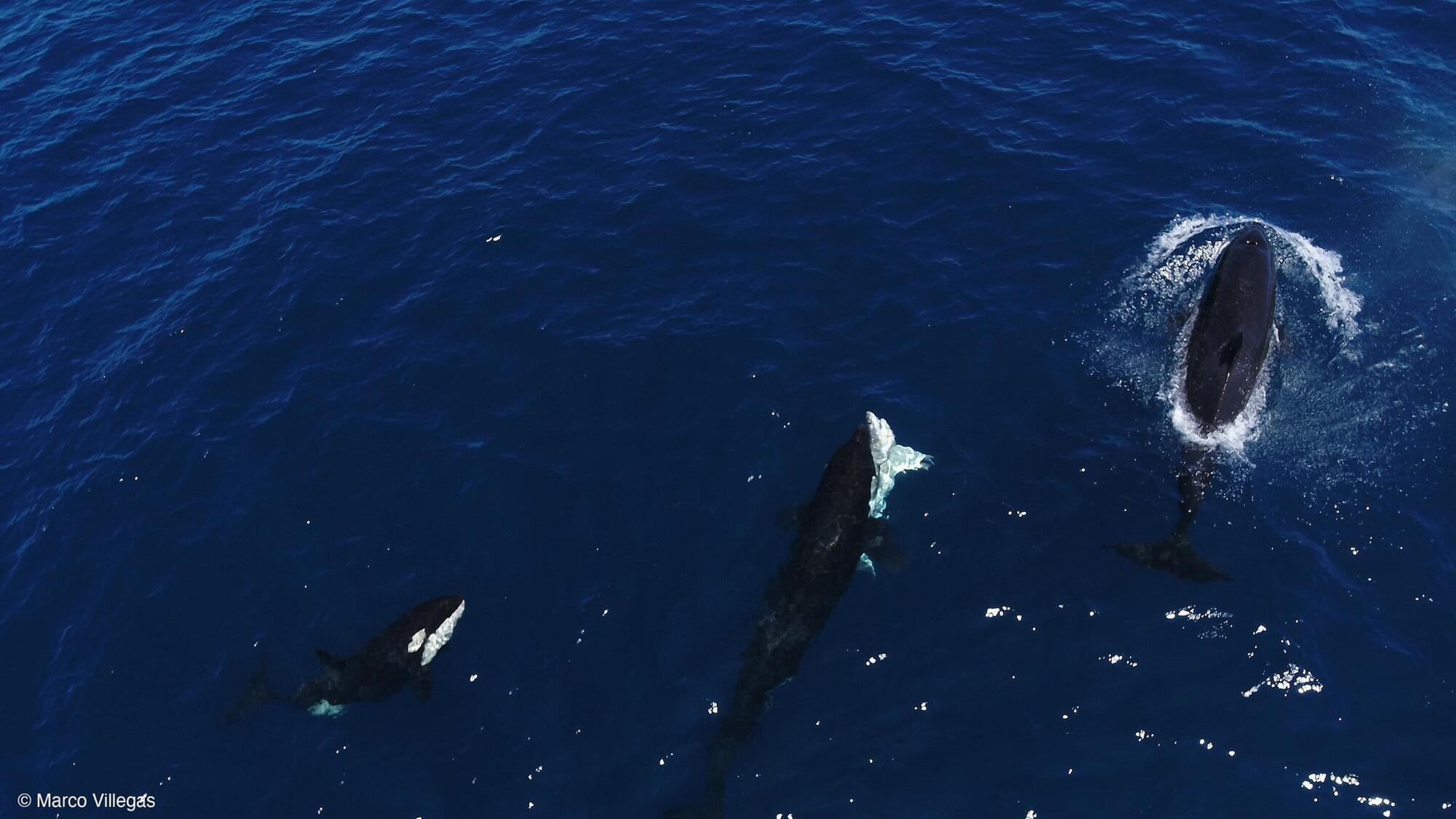Patreon: https://www.patreon.com/seanmcarroll.
Blog post with audio player, show notes, and transcript: https://www.preposterousuniverse.com/podcast/2025/11/03/334-…by-aliens/
The universe as revealed by physics is objective: it’s out there, existing and behaving in ways that are completely independent of human thought. But the process by which we learn about the universe, and the language with which we talk about it, is extremely human-dependent. Does that mean that aliens would do science differently, and even think differently about physics, even if we all live in the same universe? Physicist Daniel Whiteson has teamed with cartoonist Andy Warner to investigate these questions in their new book Do Aliens Speak Physics?
Daniel Whiteson received his Ph.D. in physics from the University of California at Berkeley. He is currently a professor of physics at the University of California, Irvine. He is a Fellow of the American Physical Society and recipient of an Emmy nomination. He is the author of several books, often with co-author Jorge Cham. He is the co-host (with Kelly Weinersmith) of the podcast Daniel and Kelly’s Extraordinary Universe.
Mindscape Podcast playlist: https://www.youtube.com/playlist?list=PLrxfgDEc2NxY_fRExpDXr87tzRbPCaA5x.
Sean Carroll channel: https://www.youtube.com/c/seancarroll.
#podcast #ideas #science #philosophy #culture

